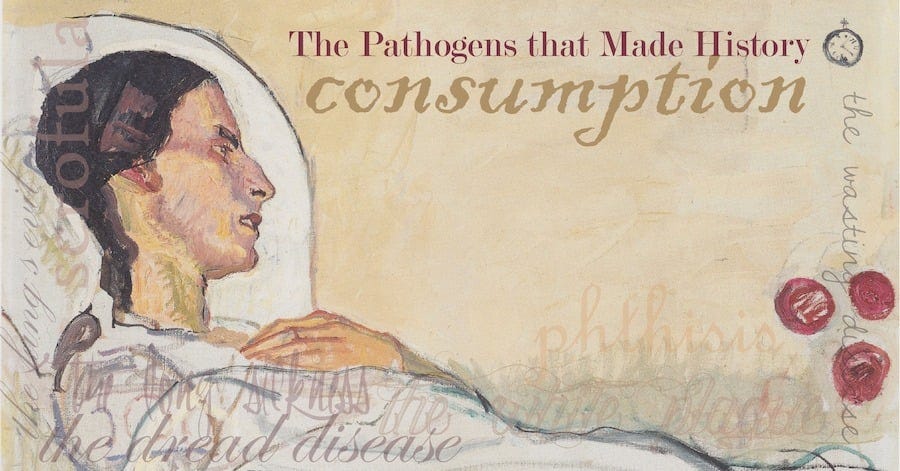Death by consumption
The disease that kills the young and the beautiful (Digital Minimalism Diaries #8)
In the past there was a cause of death known as “consumption.” The disease that killed the young and the beautiful was widespread through the Victorian era and had no real antidote until antibiotics arrived in the mid-20th Century. Nobody really knew what caused consumption, and it’s unlikely that it was ever a real disease at all. In other words, it was most likely tuberculosis or simply a word used when all other known diseases had been ruled out.
We no longer suffer the physical disease of consumption, but we do have our own version of consumption: the modern-day disease of material and digital overconsumption. You can see the symptoms of consumption everywhere: from the high-end high street to gigantic malls right down to the humble charity shop.
It’s not just physical consumption that’s a problem. How many of us dread checking our emails? How many news platforms do you follow? How many tabs do you have open on your laptop? Digital overconsumption has become a huge problem in recent years; you’ll often hear it described as ‘information fatigue’ or ‘information overload’. It all leads to that feeling of being ‘stuffed’—fit to burst with digital material and online information and visual stimulation.
We are, collectively, dying of consumption.
You haven't been truly bored in a long time, have you? How can you when there's a little device at your fingertips and all manner of digital devices available to keep your brain and your hands occupied? If you want to reduce the amount you consume digitally, you need to get reacquainted with boredom.
Boredom is a wonderful thing because it’s only when you’re truly bored that you’re at your most productive and creative. Here are some suggestions for when you’re bored:
Keep reading with a 7-day free trial
Subscribe to Neurodivergent Notes to keep reading this post and get 7 days of free access to the full post archives.


